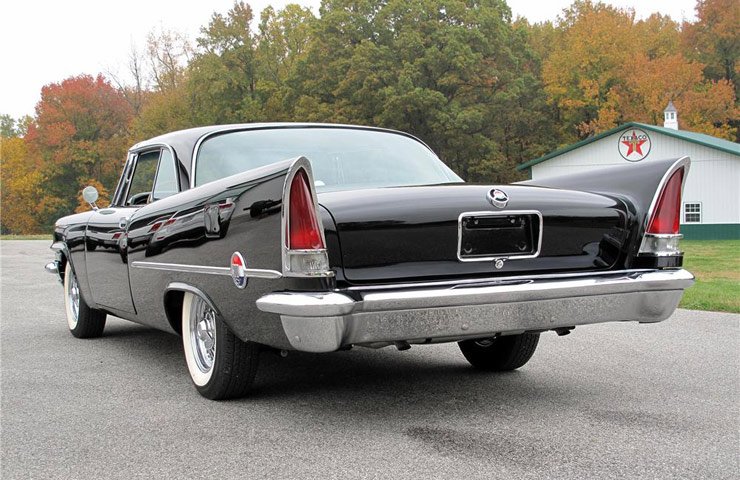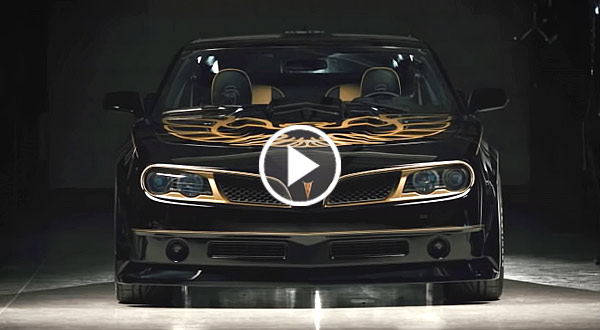The concept of using tail fins for automotive applications came to Harley Earl when he visited the Lockheed factory where the then-secret P-38 Lightning fighter plane was developed for WWII.
General Motors supplied V-12 Allison engines to the military, which gave him access. He was amazed with its twin engine, twin fuselage configuration which included vertical stabilizer fins on the rearmost of the tails.
When it was time to take on designing post-war cars, Earl remembered the P-38 and used those tail fins as a design element. He is correctly credited as being responsible for introducing them to the American automobile.
It started with small versions on the 1948 Cadillac. Tail fins added definition to the rear of the car, giving it a distinctive appearance, one that quickly would become a Cadillac styling mainstay for some 15 years. At the beginning, they were considered a novel styling design innovation, but nothing else.
The tail fin is a functional feature on racing cars. The best known example may be Sir Malcolm Campbell’s “Bluebird” land speed record car, as seen at Daytona Beach, Florida, in March of 1935. It featured a large single rear wing added for aerodynamic stability.
From that first Cadillac, the use of tail fins were next applied to the General Motors concept car “LeSabre,” a Buick one-off that had aircraft influence in the body shape, especially in the rear with its extended twin tail fins. It was toured on the car show circuit in 1951 and foreshadowed things to come.
There were efforts put forth to make the public believe that tail fins were actually, and at typical highway speeds, fitted to the cars for function. In promoting the new-for-1956 line of “Forward Look” cars from their divisions, Chrysler used the advertising, “How is a Chrysler-built car similar to a jet fighter, a Gold Cup racing boat, and a big-time race car?” The reply, according to the Chrysler ad agency copywriters, was explained as follows: “The answer to this riddle lies in the silhouette — namely the wedge shape.”
Continue on the NEXT PAGE















Facebook Comments